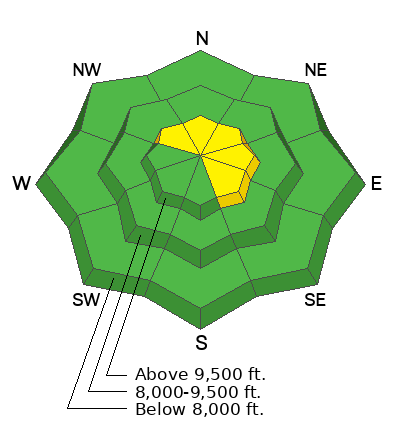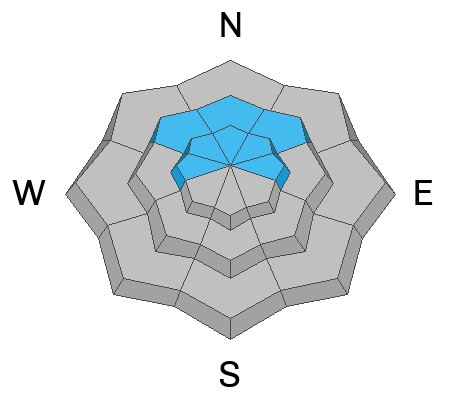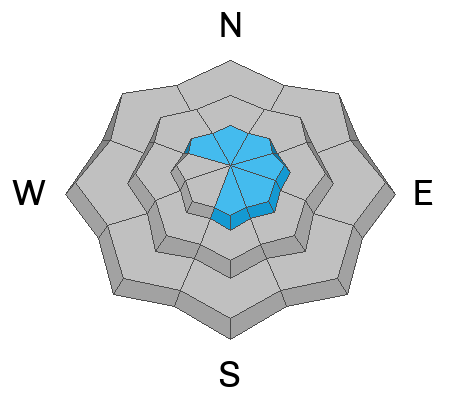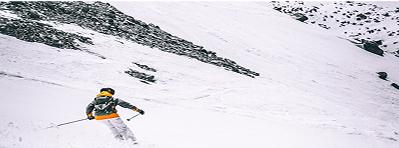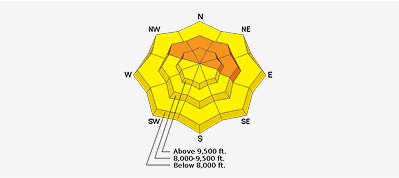On W-N-E aspects above 8000 feet, the Persistent weak layer is easy to identify, though it has become less reactive following the significant avalanche cycle on December 6th and 7th. We are currently observing a dichotomy in the terrain: slopes that slid earlier this month remain thin and continue to facet, essentially ‘lying in wait’ for a new slab to form. Meanwhile, slopes that remained intact struggle to maintain cohesion as daytime temperature swings chew at what slab remains.
This “dormancy” is temporary. The likelihood of triggering a slab avalanche that fails on the persistent weak layer will rise as the incoming storm builds a fresh slab over this weak foundation.
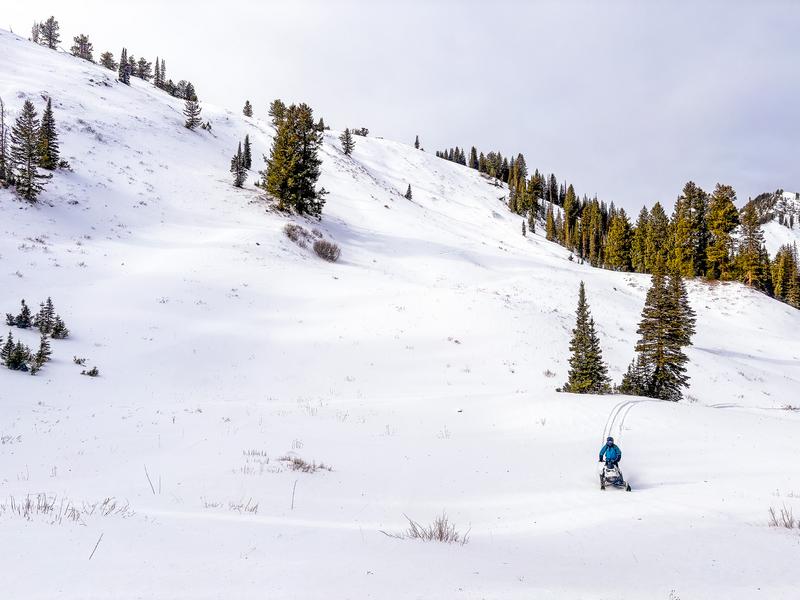
Trent and I took the new Ski-Doos up Snake Creek yesterday to cover some ground. We found mostly supportable riding conditions and generally Low avalanche danger, but the snowpack structure remains poor in specific areas. On N-E aspects near Ant Knolls (9,300'), the coverage is thin and the foundation is weak. You can view our full observation here.

